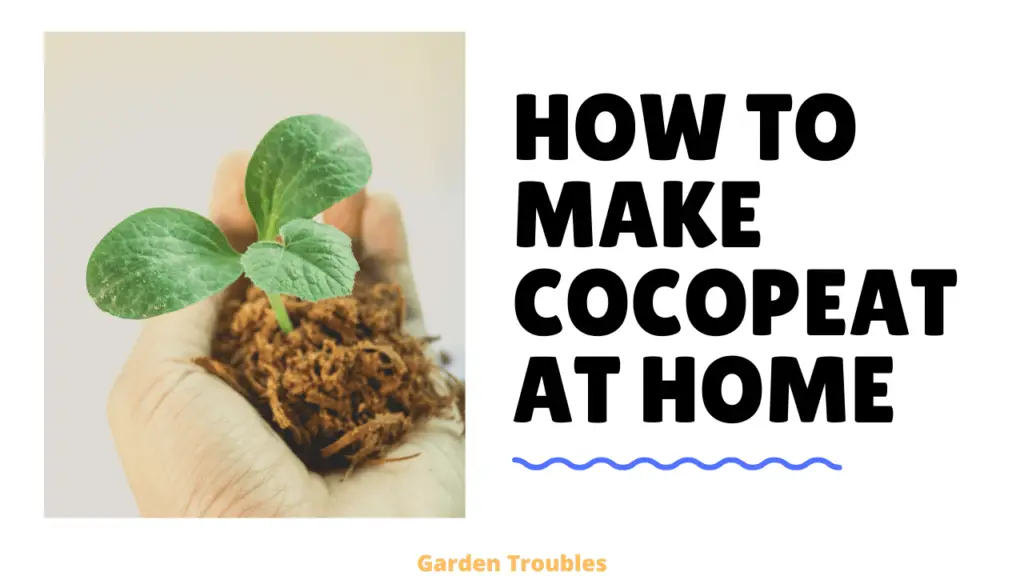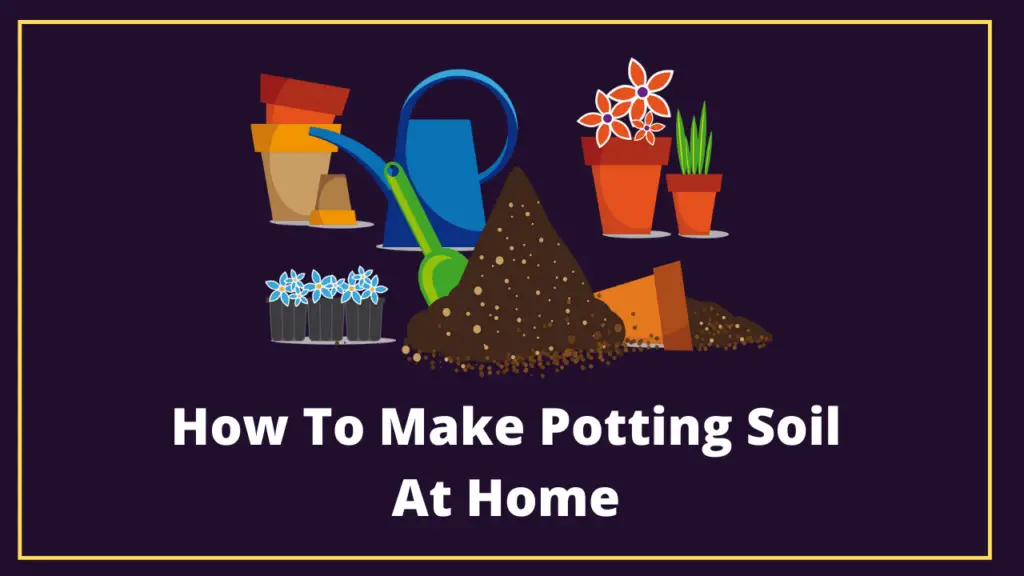Turning your kitchen waste into compost is a great initiative, it not only provides you with an organic soil conditioner for your plants but also helps in reducing your carbon footprint.
So, how to make compost from kitchen waste at home in India?
To make compost from kitchen waste at home, firstly biodegradable waste is collected & once it reaches a good amount, it is then added with the same amount of dried leaves or box cover into compost bins & stirred. This mixture slowly starts to break down & convert into compost in a period of 4-5 weeks.
Many people relate composting to foul smells and bugs, but if you follow the correct process which I am going to share today with you, there is nothing to worry about.
In this article, I will walk you through the whole process of making compost from kitchen waste at home in India, what things go inside the compost bin and what should not be added.
How to Make Compost from Kitchen Waste at Home in India
Table of Content
Things You Will Need For Composting at Home
Kitchen Waste You can & cannot add in your Compost Bins
Process of Making compost from kitchen waste
Types of Composting Method
The first thing you need to learn before making compost is to know different types of composting methods & arrange things according to them.
Because each method follows different processes and requires different things.
Majorly there are 3 methods:
- Aerobic
- Anaerobic
- Vermicomposting
| Aerobic | Anaerobic | Vermicomposting |
|---|---|---|
| Requires oxygen to break down waste | Happens in the complete absence of air | Requires worms to break down food waste |
| Needed to be stirred regularly | Should not be stirred | No need to stir |
| Takes lesser time, a faster breakdown | Takes a much longer time | Depends on the number of worms and their health. |
In this article, I will only talk about the Aerobic method in detail because it is the easiest and the most traditional method for composting.
Things You Will Need For Composting At Home
There are a few things that you will need to make compost from kitchen waste at home and make the process easy-peasy.
(If you want to buy any of these, just click on the link and you will be redirected to Amazon and can buy it from there).
Compost Bin
This is where all the magic will happen. Compost bins come with pre-made air passage and tap to exclude liquid that is produced during the process, you can use this liquid to water your plants.
Check out these 5 Best Compost Bins In India
Coco Peat or Compost Maker Powder
Coco peat or compost maker is added to the compost bin to introduce micro-organism that helps in breaking down the compost.
Dried Leaves or Cardboard Paper
Dried leaves and cardboard paper are rich in carbon, which is very essential in the process of composting and a must-add. You should always crush the leaves before adding them to the compost bin and shred cardboard.
Gloves
The process involves a lot of waste products and it is highly recommended to use quality gloves (like this one) while composting at home.
Kitchen Waste That You Can Add to Your Compost Bin

Before we move on to the process, you must know about the things which you should & shouldn’t put inside the bin.
Not every kitchen waste is biodegradable and can be added to the compost bin, so you need to be very careful about it.
One wrong thing added & your whole effort will go in vain.
First, let’s see:
What can you put in a kitchen compost bin
- Vegetable and Fruit Peels (Chopped into smaller pieces for faster decomposition)
- Tea leaves and coffee leftovers
- Egg shells ( Rinsed and Finely Crushed)
- Dried Leaves (crushed)
- Cardboard or Box Cover (small pieces)
- Newspaper
What Should You Not Put In Kitchen Compost?
- Meat leftovers (attracts insects and pests)
- Dairy Products (foul smell)
- The greasy and oily substance
- Cooked food
- Pet litter
The article you might like:
Best Garden Sprayer/Pressure Sprayer For Plants
How to Make Potting Soil at Home
Making Compost From Kitchen Waste At Home

Step 1 – Collection of Waste
Okay, so the first thing you need to do is:
To have a separate dustbin or garbage bag for organic waste generated from your kitchen.
And this will be strictly used for wastes like peels of fruits and veggies, tea leaves, coffee leftovers, eggshells etc.… and nothing else.
Over a period of time, once your dustbin/garbage bag has enough organic waste.
It’s time to move to the second step.
Step 2 – Transfer Organic Waste into the Compost bin
For beginners,
I highly recommend getting a “Compost Bin” (a good one like this) which is exclusively made for composting at home and this will make the whole process extremely easy and fun.
It comes with holes for the passing of air which is very crucial for aerobic composting.
And you can easily place it on your terrace or balcony without any hassle.
Please, don’t start with a self-made compost bin for the very first time as the amount and size of holes you make in your DIY compost bin will not be perfect and might allow flies and bugs to pass through it.
Which will then turn into a messy corner.
So, whatever you decide, let’s get back to action.
What you need to do is:
Cover the inside of the compost bin with a layer of newspaper so that the waste doesn’t come out through the air holes.
Now add the organic waste which you had collected in the garbage bin into it.
Add a similar amount of dried leaves or cardboard box chopped into smaller pieces for faster decomposition in it as well.
(dried leaves & cardboard are high in carbon, which is required for composting, that’s why they are a must-add)
Once you have added both of these, mix them properly to introduce air inside the mixture.
If you are wearing gloves (as I highly recommend) then you can mix it with your hands but if it’s too much for you then you can use a stick to mix it properly.
Step 3 – Introducing Micro-organism
Now to speed up the process we need to add coco peat, premade compost, or cow dung (compost) into it.
You must be wondering:
Why are we adding coco peat or compost to make our own compost?
Because pre-made compost has microorganisms in it which helps in the faster decomposition of our organic waste.
So, the process gets completed earlier than what it would generally take if we don’t add any compost soil into it.
These micro-organisms feed on our waste and convert it into compost, which is why they are very essential for the process.
Once you have added compost, again mix the mixture.
Step 4 – Perfecting the Environment
This type of process takes place in a bit moist environment, so you need to create a similar type of environment inside the compost bin for the process to take place easily.
To do so,
Add a little bit of water to make the environment moist but never overwater it and make it soggy.
And now keep the compost bin away from direct sunlight.
Now,
There is only one thing you need to do to make sure the process is going in the right direction.
You need to stir the mixture every day or every alternate day to introduce a proper amount of air into it so that the process of decomposition can take place easily.
This is pretty much it.
How much time does it take to make compost from kitchen waste?
It will take around 5-6 weeks depending on the amount of waste you add and how well you follow the process.
Final Words
I hope you find this guide insightful and will be able to make your own compost from kitchen waste at home.
If you are facing any problems in the process, comment on your queries.
I will try to help you ASAP.




